
If you have a few pieces of G2 control boards with the code 3267ae in your possession, along with a previously acquired write-protected casing, and let's not forget about the 128GB solid-state drive featuring a 667H controller, you might realize that the storage capacity of 128GB is rather inadequate. It simply falls short when it comes to accommodating the installation of the operating system and all the necessary software. However, there's a clever workaround: you can repurpose it into a USB drive for system maintenance tasks.
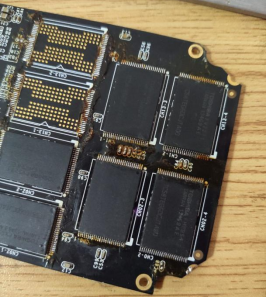
Now, let's delve into the technical details. The solid-state drive contains Toshiba's 6DCJ 19nm MLC particles, which serve as the storage medium. To design the control board, it is referred to the schematic diagram of the 3267, which closely resembles that of the 3257.
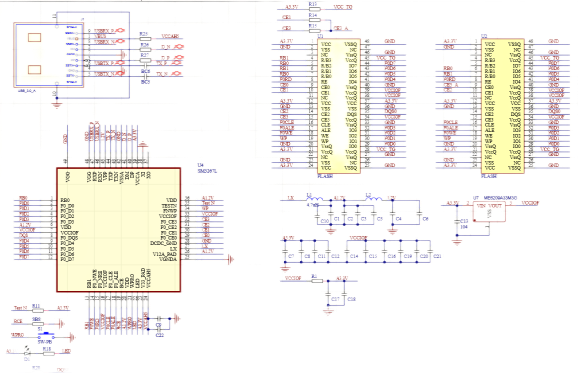
After carefully soldering all the components onto the PCB, the final product takes on its distinct appearance.
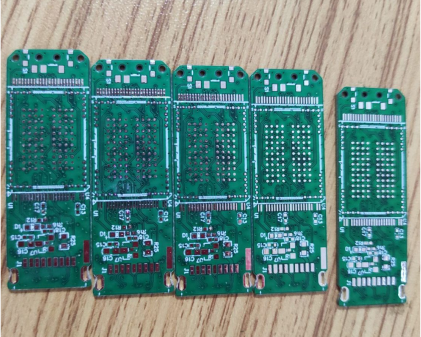
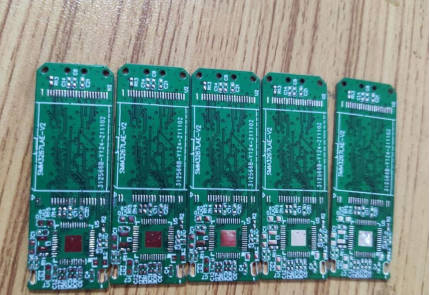
Now, let's address a potential issue.
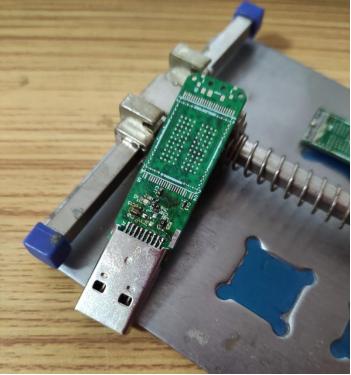
In case you accidentally experience a short circuit between the 3.3V and ground while soldering the flash memory on your 3267 control board, resulting in the unfortunate burning of the internal LDO (Low Dropout Regulator), there's a viable solution. You can simply add an external LDO that converts the voltage from 5V to 3.3V, ensuring the proper functioning of the board.
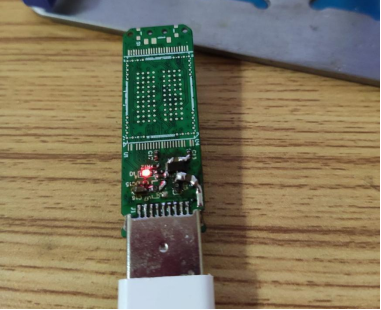

Upon conducting tests, it is confirmed that both the 3.3V and 1.2V power lines are functioning flawlessly.
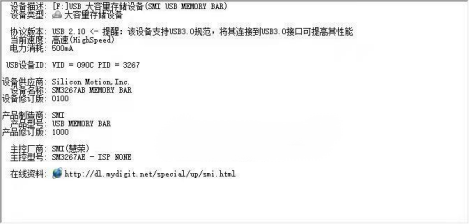
Additionally, it succeed to be detected the controller.
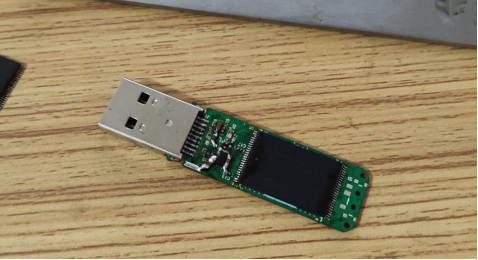
Soldered the flash memory onto the board.
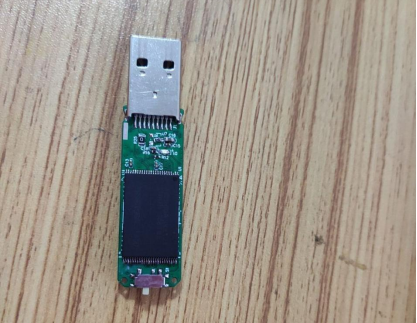
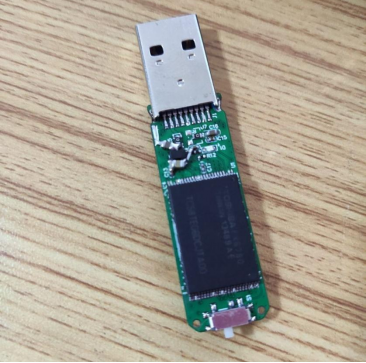
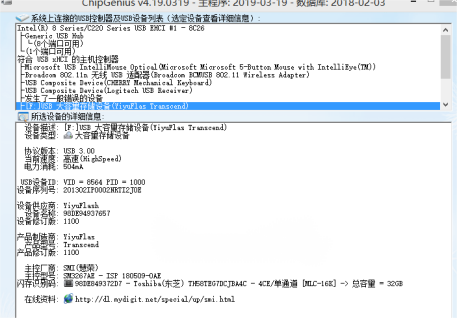
However, there's a limitation you may encounter during the process. Due to constraints, you were only able to stack one chip, which provided a meager storage capacity of 8GB. To compensate for this limitation, you had to employ four 32GB chips, which ultimately resulted in the desired capacity. Although it might not be the most ideal solution, it was the only viable option at hand.
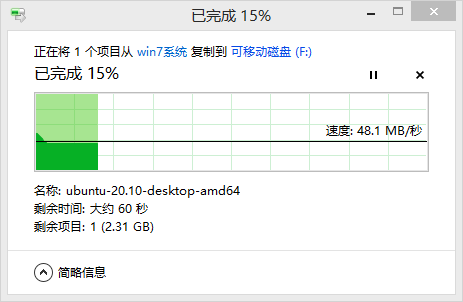
Conducting a speed test, it is observed that the write speed is approximately 45, while the read speed impressively reaches 120.




